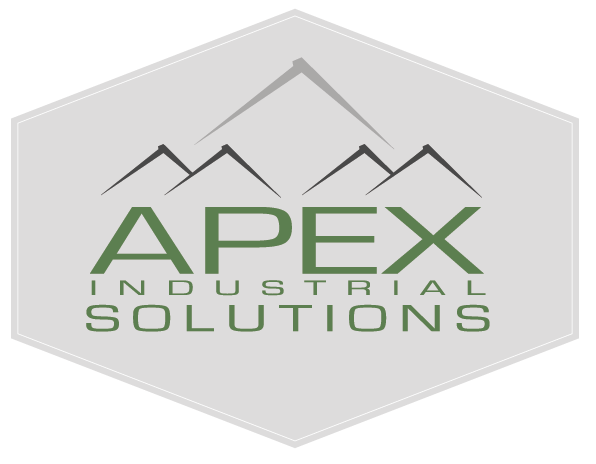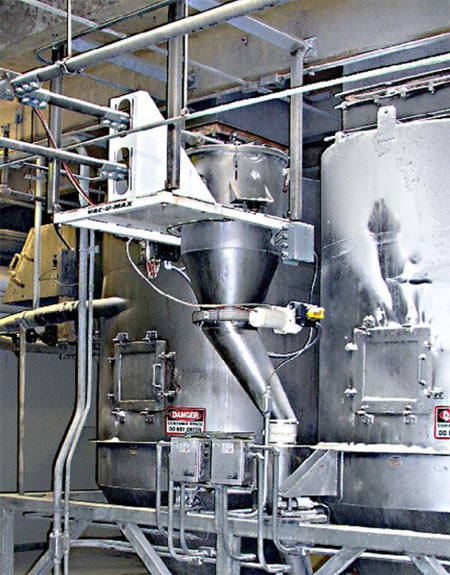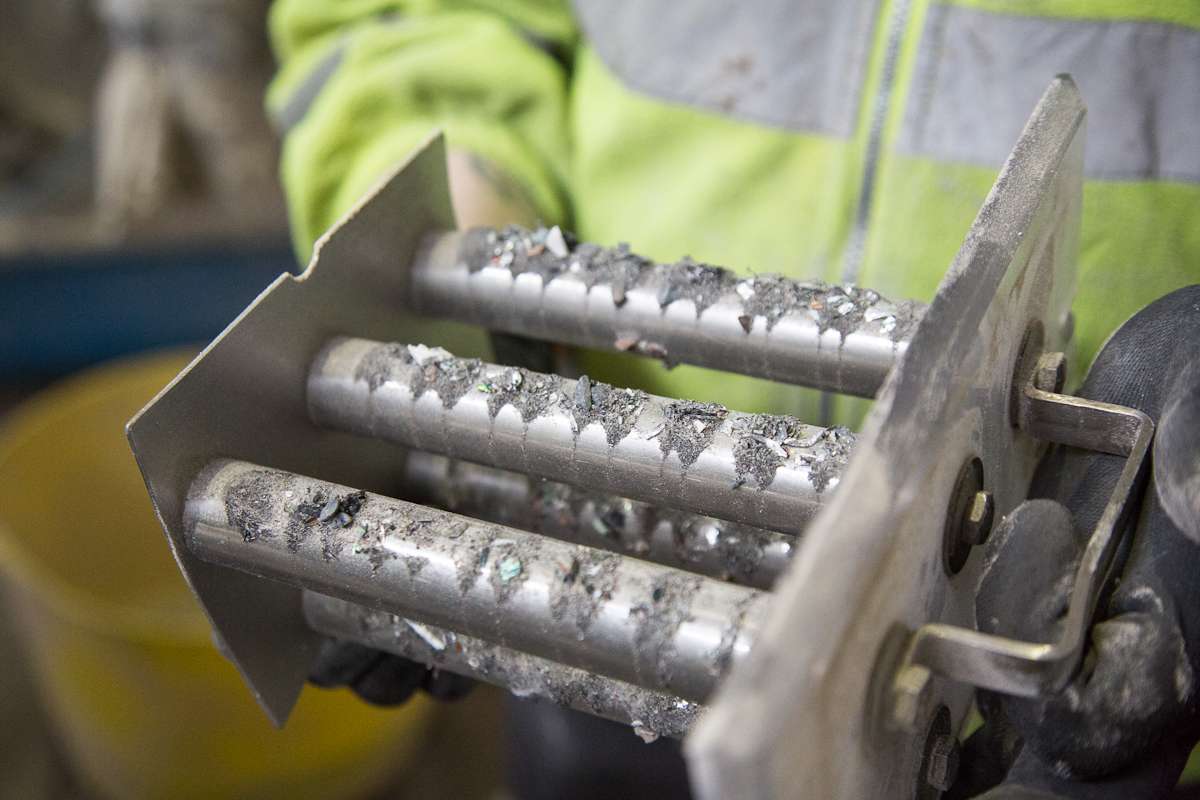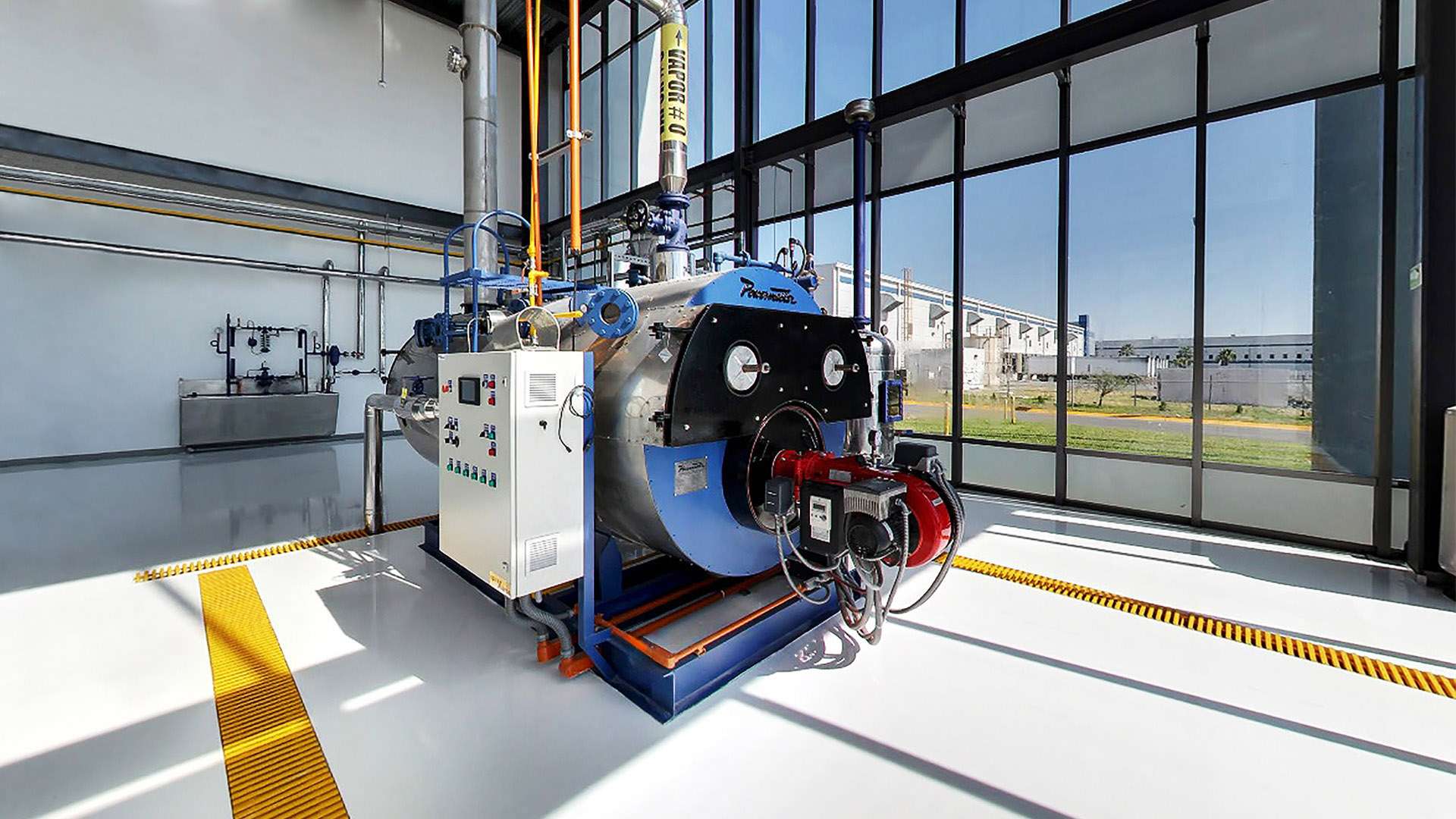8 Things You Need to Know When Considering a Pneumatic Conveying System
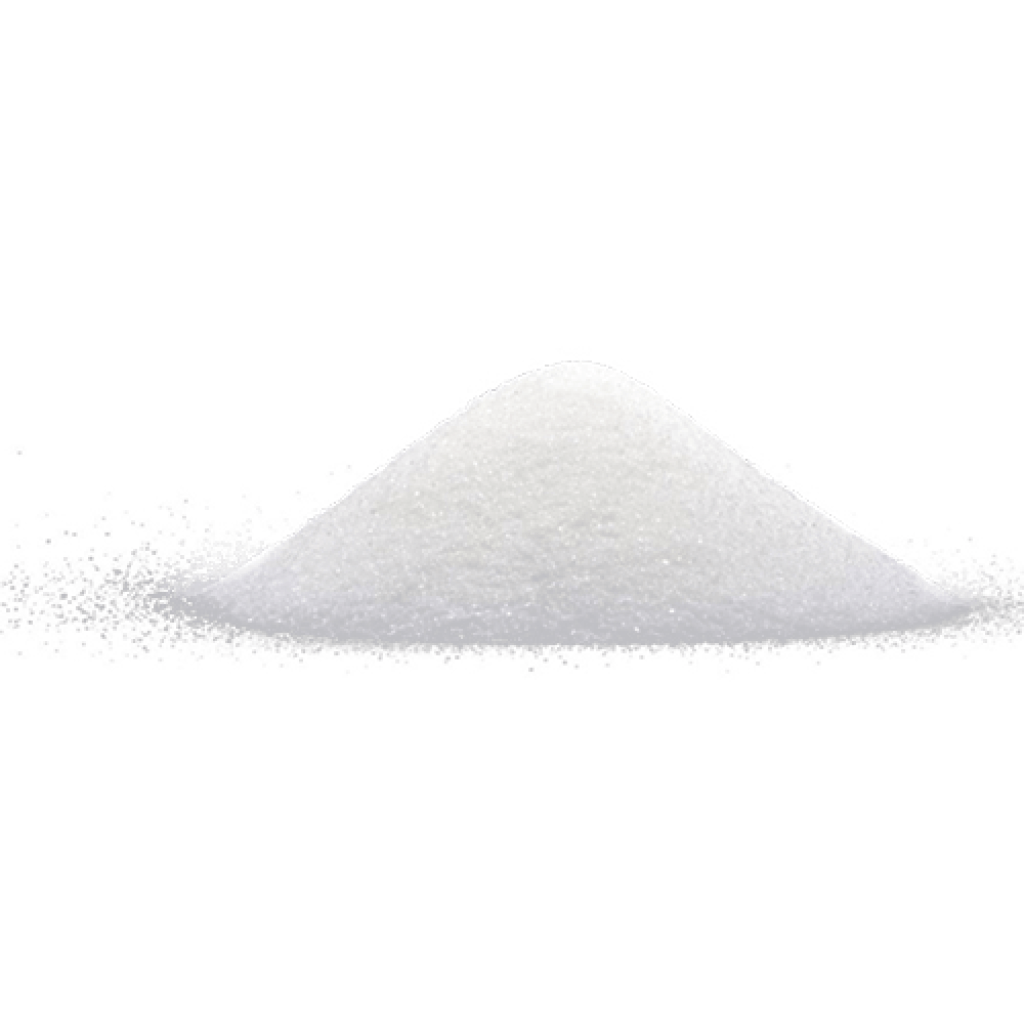
Pneumatic conveying systems can effectively move dry bulk materials and can even be customized to meet your needs. They are typically low maintenance, offer increased safety to operators, and transports material through a closed system that saves product. However, pneumatic may not be the right choice for every application. Here are 8 things you need to know when considering a pneumatic conveying system for your application.
1. Your Material
Some materials can be difficult to convey using pneumatics. Bulk density can determine how many cubic feet/min (CFM) of air is needed to move the material through the convey line. The “sweet spot” for pneumatic conveying is typically between < 55 lbs/CFM and > 25 lbs/CFM. This includes flour, sugar, whey, and more. Sticky material or material with high fat content can be difficult to convey and cause build up in the pneumatic system.
2. Distance
In pneumatic conveying, the further the distance you need to transport the materials, the more complicated the system needs to be. You will need more tubing, bigger vacuum pumps, a larger footprint, and it will consume more energy. Use the following as a guide when measuring the distance you need to convey your material for pneumatic conveying:
- Vertical distances are calculated the same as horizontal distances: in linear feet
- Each 90° sweep is equal to 20 linear feet
For example, if you are moving material horizontally 110 ft, then vertically 110 ft, with four 90° sweeps, your conveying distance equals 300 ft.
3. Convey Rates
Most pneumatic conveyors operate in cycles of conveying and discharging. If you need batching systems, there are even more things you need to consider if you are interested in a pneumatic conveying system.
For example, let’s say you need to move 5,000 lbs of material/hour but need it batched every 15 minutes. Even if the 5,000 lbs cycles only once/hour, the rate of transfer is higher during those 15 minutes. This means that the product is actually moving at 20,000 lbs/hour, requiring a more powerful vacuum source.
If you are still set on a pneumatic conveying system for batch conveying, there are options. Dilute Phase Pneumatic Conveying Systems can transfer up to 25,000 lbs/hour. You can also replace the vacuum pump with a positive pressure source for even higher rates.


4. Material Characteristics
Not all materials are ideal for pneumatic conveying systems. Here are some things you need to know before deciding on this type of system for your material.
- Materials with different product grades should be avoided. You don’t know how one grade will react in the system compared to another.
- No combustible materials. Combustible materials + pneumatics + an ignition = explosion.
- Avoid delicate or friable materials. Pneumatic conveying can damage these materials during the transfer process.
- Materials that require a sanitary environment can be pneumatically conveyed but require a sanitary design.
If you are unsure of how your material will handle a pneumatic conveying system, we can send a sample to the Vac-U-Max test lab and they will recommend the best system for your application.
5. Pick Up and Dump Points
Sometimes getting the material into the conveying line and dumping them into the desired location can be a challenge. Your pneumatic conveying system needs to be customized to meet your needs depending on if you are using a wand, bagging station, bulk bag unloader, docking station, or a pickup adapter as your loading point. And, depending on your material characteristics and flow rates, a custom dumping station may be required.
6. Process Equipment
If your dump point is a piece of process equipment, this also needs to be considered. Equipment such as loss in weight feeders, volumetric feeders, mixers, extruders, packaging, and other equipment can influence how your pneumatic system should be designed to operate.
Powder can change density in auger filler header which can lead to improper filling of screws. Standard equipment will be unable to maintain the proper powder density in the auger filler heads. However, a customized pneumatic system would be able to maintain product consistency and quality and would offer ideal conveying to your equipment.
7. Available Headroom
Facility restraints can also call for customized pneumatic equipment. Although pneumatic convey systems offer a small footprint, the smallest system requires at least 30 inches of headroom above your processing or packaging equipment.
Positive pressure systems, cyclones, filter-less material receivers, scaling valves, or other creative measures are required to get around headroom constraints. Vacuum receivers can be placed outdoors to save room for your system. However, customization may be required for your system to fit in the space, operate properly, and still be in compliance.
8. Plant Environment
The geographic location of your plant and where the convey system is located within it should be considered when designing your pneumatic system.
- Elevations can affect vacuum source sizing
- Heat can affect how your material responds within the convey system
- Humidity can affect how your material responds within the convey system
These factors are necessary to consider when you decide to utilize a pneumatic conveying system for your application. If you provide all this information to Apex, our team can evaluate your situation and deliver a solution that will meet your needs. Fill out this Application Data Sheet and email it to Sales@ApexSolutionsMN.com today!
